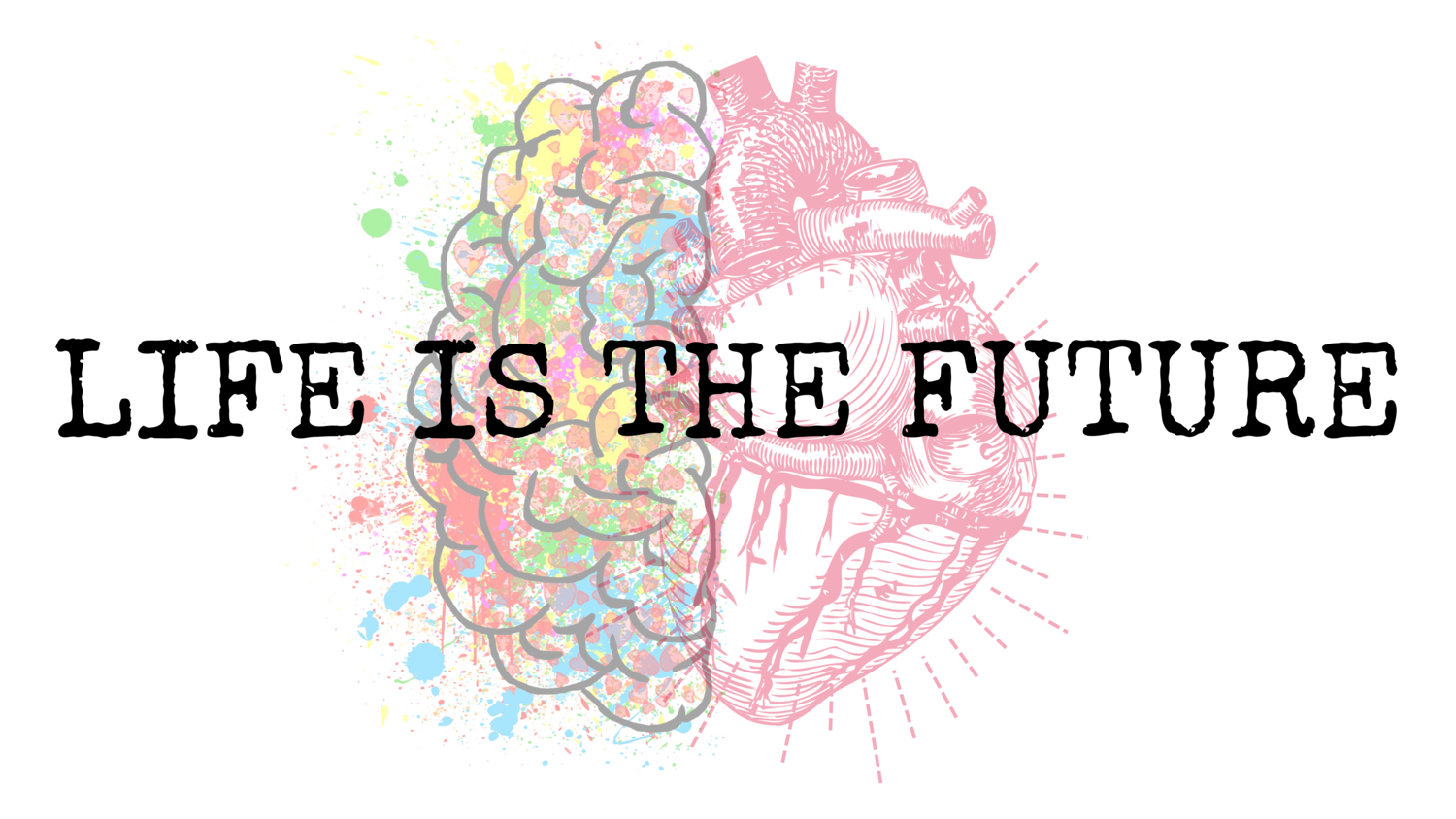Video Clips in Health Ed
"Cinema is a matter of what's in the frame and what's out." —Martin Scorsese
Movies, TV, and YouTube play a major influence on teen development. As educators, we can fight this, or we can utilize videos in Health Class that extend our instruction and further embed the lasting impressions of learning.
The Rationale
We are in the business of life lessons, which means as Health teachers we want to draw from many sources to strengthen our instruction. Real life narratives, fictional scenarios, guest speakers, article reviews, hands-on activities, role playing, data analysis... the list goes on. We want to be engaging, and since showing a video in class is often viewed as a thing of the past, we sometimes avoid it to refrain from becoming "that teacher" who presses play and sits back with a cup of coffee.
The reality? Eliminate the coffee and break the stereotype. With the right video clips to supplement weekly class activities, our drive towards state and national goals can be aided as students are pushed into higher level thinking about complex topics in the safe environment of our classrooms. Videos can allow intrigue. With the right clips to pique interest, draw connections, and inspire emotional investment, we can allow students to take risks in inquiry and energize their education. Quite possibly, this will empower classmates to challenge each other into deeper connections, and can encourage the teacher to broaden their own learning as well.
Naturally, it all depends on the video and the effort to reflect afterwards.
In addition, students may feel compelled to share connections they made while viewing videos on their own time. That excitement is direct feedback that our lessons are making an impact outside of the classroom. Sometimes these student-discovered video clips can be shared with the large group so additional discussions and learning can take place. If extra time cannot be given to share these videos (and imagine if we did, as teachers, each and every time students wanted to share something with the class), then select, legitimate clips can always be used to prompt discussion or journaling as it fits the unit and essential learnings of the course.
Notice the student autonomy here and the open exchange to address student needs.
The Set-up
- Use video clips as a novelty.
Be sure to use videos sparingly to maintain student interest. However, depending on topics, it's okay if this means weekly or even several days in a row if the content is strong enough.
- Consider timing.
A short video clip can still be powerful. 4-5 minute videos can be simple additions to a lesson, used alone or in a group for the best reflection. Longer movies take class time; consider a flipped classroom approach in this occurrence or limiting full-length videos for best practice, to follow district guidelines, and to avoid copyright infringement.
- Set the stage, or capture attention?
Vary your approach prior to showing the video, depending on what you are looking to attain. Is the clip best used after an introduction? Can it stand as an intro itself? Decide the angle to take, and which videos are best suited for each.
The Wrap-up
- Reflect!
Obviously, debriefing is the point here. We want to get the most from the video, so reflection is mandatory. Choose to do a quick journal, a small group discussion, a large group Q&A session, or a combination of these and other means of reflection.
- Be flexible in debriefing.
Avoid always telling students what you, as the teacher, think the connection is. If needed, give hints towards some conclusions you foresee without doing the cognitive work for students. Allow for the possibility that new avenues of thinking might emerge that have never been explored in previous classes. Isn't this the purpose of a great Health Educator?
- Maintain course flow.
Can the video lead into role playing to build health skills? Does it make sense for the video to create more dialogue about a topic that evolves into another activity or project? Like the initial quote from Martin Scorsese, what does the video bring to light, or purposefully omit, that deserves focus?
The Examples
Health Education video resources for traditional wellness topics.
Videos outside of the "typical" Health Education scope can be surprisingly useful. Consider repurposing theatrical releases for Health class or finding similar videos from pop culture to allow abstract analogies to be made. Just a few examples below.
Some films simply lend themselves easily to Health class. Examples: Bully, Fed Up, Food, Inc., Hungry For Change, As Good as It Gets, Osmosis Jones, andA Beautiful Mind.
Analyzing teen interaction portrayed in movies can bring forth discussions on communication, decision making, relationships, mental health, drugs and other substances, and coping strategies. Examples: Bravetown, The Sandlot, Finding Forrester, Can't Hardly Wait, Stand By Me, A Walk to Remember, Spanglish, Remember the Titans, Flipped, andRadio.
Pixar movies in particular can help show cartoon social interactions to link influences on health. Examples: Toy Story, Incredibles, Cars, WALL-E, and Inside Out.
TV series and shows might have full episodes worth using (PBS: '9 Months That Made You'), parts of episodes to show (HBO: 'Weight of the Nation'), or shorter min-clips that help support a lesson (ABC: 'What Would You Do'). Even older shows might be worth looking into for that perfect clip. Examples: The Big Bang Theory, Freaks & Geeks, Boy Meets World, Scrubs, DeGrassi Jr High, My So Called Life, Beverly Hills 90210, Saved By The Bell,Dawson's Creek, One Tree Hill, The OC, Party of Five,and The Wonder Years.
YouTube can prove to be perfect, if you happen upon the right clip. They tend to be shorter in length and can be shared with SafeShareor embedded into an online classroom/webpage. Examples: Informative Videos, Music Videos, Spoken Word Videos, Personal Tragedy Videos, PSA Videos, and Inspirational Videos.
Teachers may also find some use in the movie lists below. This is not an endorsement of any video; preview for appropriate content and usefulness.
Reflection Questions for Teachers
Do you have any favorite video clips? Will you share?
For post-video discussions, do you like a small group, a large group, or both? Written, verbal, or a mixture? How do you check for understanding?
Any other insight to what type of videos seem to get the most interest and engagement from students?
Other examples of video clips are shared throughout the school year on social media. Join the conversation!
Facebook.com/MrTodnem Twitter.com/ScottAmpersand

